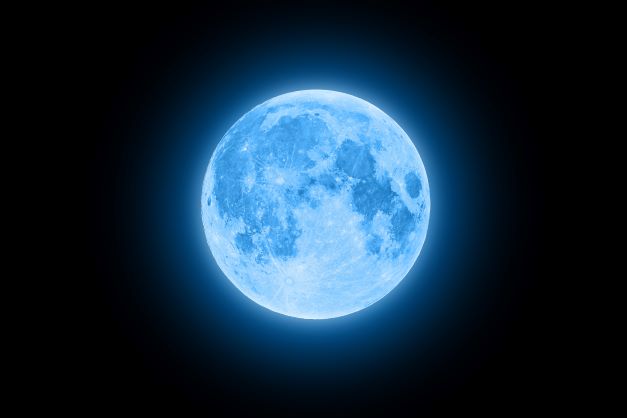Brian McCowan, Zondits staff, 3/30/2023
Iconic British manufacturer, Rolls-Royce, plans to install a nuclear reactor on the moon. The firm has announced that they have secured £2.9m (approximately $3.5m U.S.) in funding for the project and intends to have the reactor operational by 2029.
In 2022, the U.S. announced similar efforts in supporting three firms, Lockheed-Martin, Houston-based IX, and Westinghouse, with $5m each for the development of “mini-reactor” designs with the potential to be sited on the moon’s surface.
The name Rolls-Royce of course recalls the famed luxury automobiles. But that company is named Rolls-Royce Motorcars and has been a division of BMW since 1998. The nuclear reactor project is being developed by the Rolls-Royce that designs and manufactures engines and power plants for aircraft, marine watercraft, domestic power, and related industrial applications.
Rolls-Royce is collaborating with several research institutions, including Oxford University and the University of Sheffield’s Advanced Manufacturing Research Centre (AMRC). The reactor is intended to supply power on-site for exploration and research projects. This would allow larger and longer-duration projects and conceivably support a “permanent” research facility.
In announcing the financial backing, Abi Clayton, Rolls-Royce Director of Future Programmes, stated, “This funding will bring us further down the road in making the microreactor a reality, with the technology bringing immense benefits for both space and Earth. The technology will deliver the capability to support commercial and defense use cases alongside providing a solution to decarbonize industry and provide clean, safe and reliable energy.” The development of advanced small nuclear facilities has recently been promoted for distributed deployment in the U.S. and elsewhere as part of decarbonization efforts.
The project also has the backing of the U.K. government, which financed a preliminary research effort. U.K. Science Minister George Freeman stated, “Space exploration is the ultimate laboratory for so many of the transformational technologies we need on Earth: from materials to robotics, nutrition, cleantech and much more. As we prepare to see humans return to the moon for the first time in more than 50 years, we are backing exciting research like this lunar modular reactor with Rolls-Royce to pioneer new power sources for a lunar base.”
Zondits wondered why solar power is not preferred over nuclear for such an endeavor, especially with the successful history of solar power in space exploration. The answer is said to be in the natural rotation of the moon. Dhara Patel of the National Space Centre in Leicester, England, told CNBC, “Solar power would seem an obvious choice but the Moon’s rotation results in a two-week day followed by a fortnight (two-weeks) of darkness or night time — not ideal. With little air and no liquid water on the surface, other renewable sources of energy aren’t possible,” she said. “Nuclear power could enable a continuous source of power regardless of the physical environment and conditions on the lunar surface.”
Patel also touched on the subject of nuclear fuel and waste, “What will require careful consideration is the nuclear fuel that will be used to generate heat, how it will be responsibly sourced along with how efficiently the new technology will generate electricity from the process and manage the radioactive waste.” Although no details were shared regarding the intended fuel source, it appears that both the U.K. and U.S. projects are intending to utilize known fission reactor principles.
Zondits notes that in addition to these projects, other research is being conducted into a type of fusion reaction that would take advantage of the isotope Helium-3 which is abundant in the moon’s soil. Helium-3 reaches the moon’s surface via solar winds. Earth receives no Helium-3 due to its strong magnetic field that blocks the isotope. If proven feasible, the isotope could provide safer nuclear energy in a fusion reactor, since it is not radioactive and would not produce dangerous waste products.
Read more about this emerging technology:
- The Guardian article: Rolls-Royce secures funds to develop nuclear reactor for moon base
- CNBC article: UK backs Rolls-Royce project to build a nuclear reactor on the moon
- The European Space Agency article: Helium-3 mining on the lunar surface
- Forbes article: Small Modular Nuclear Reactors May Become The Go-To Energy Source
- DOE Office of Nuclear Energy article: Advanced Small Modular Reactors (SMRs)
